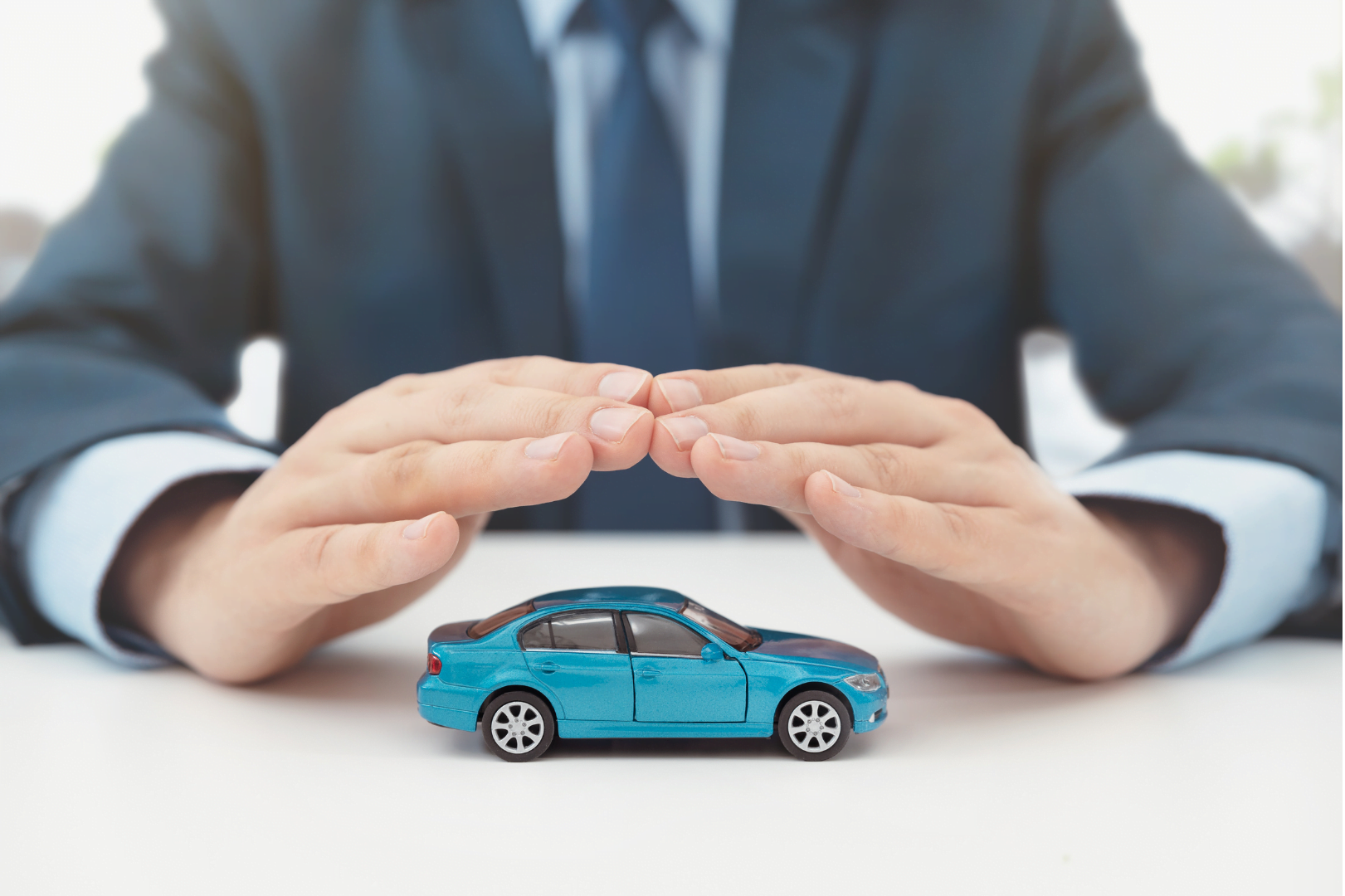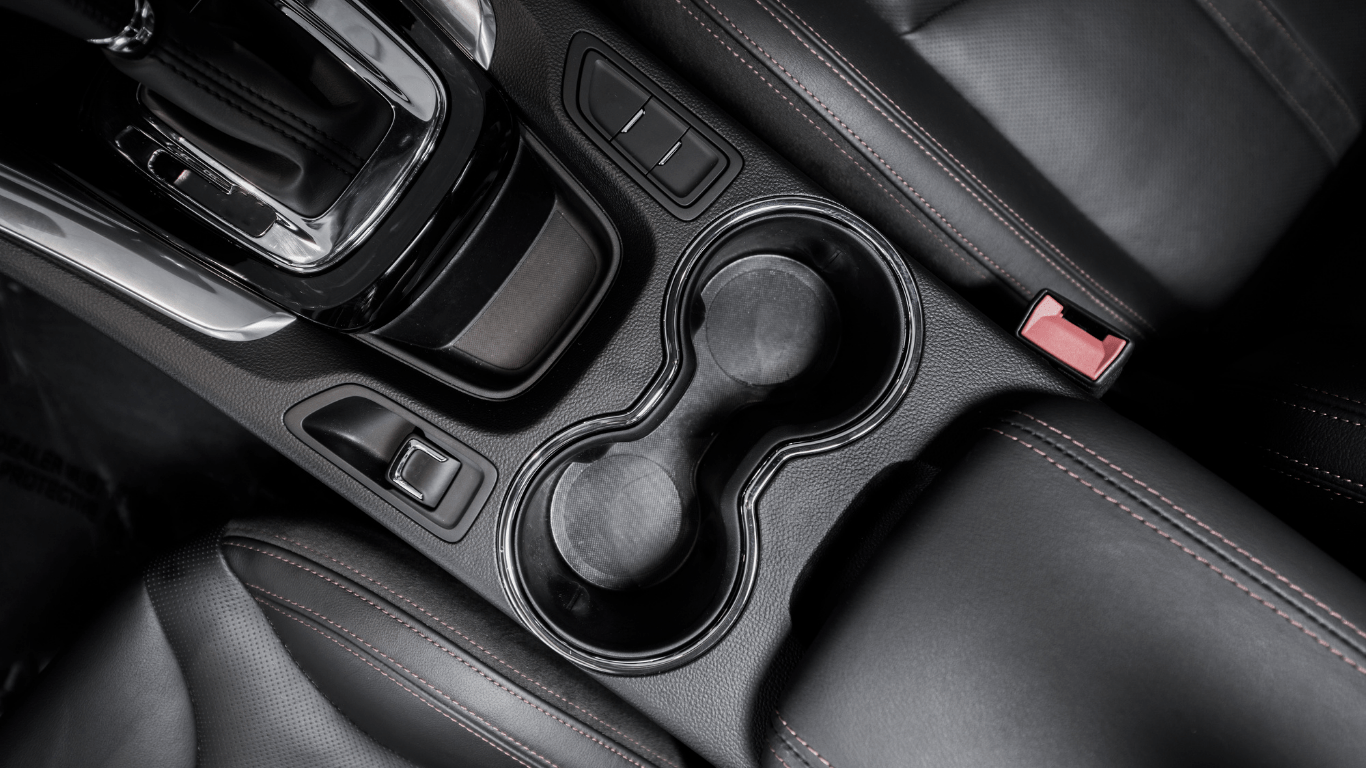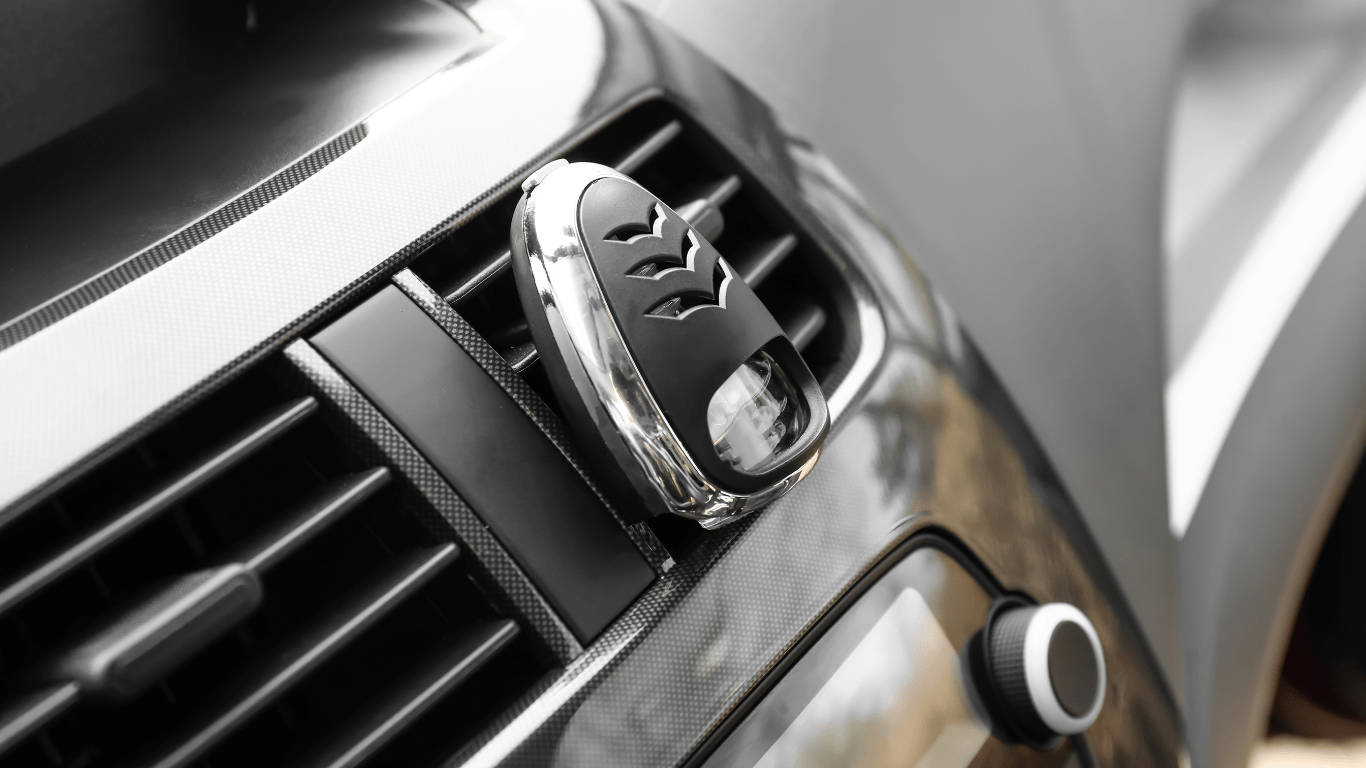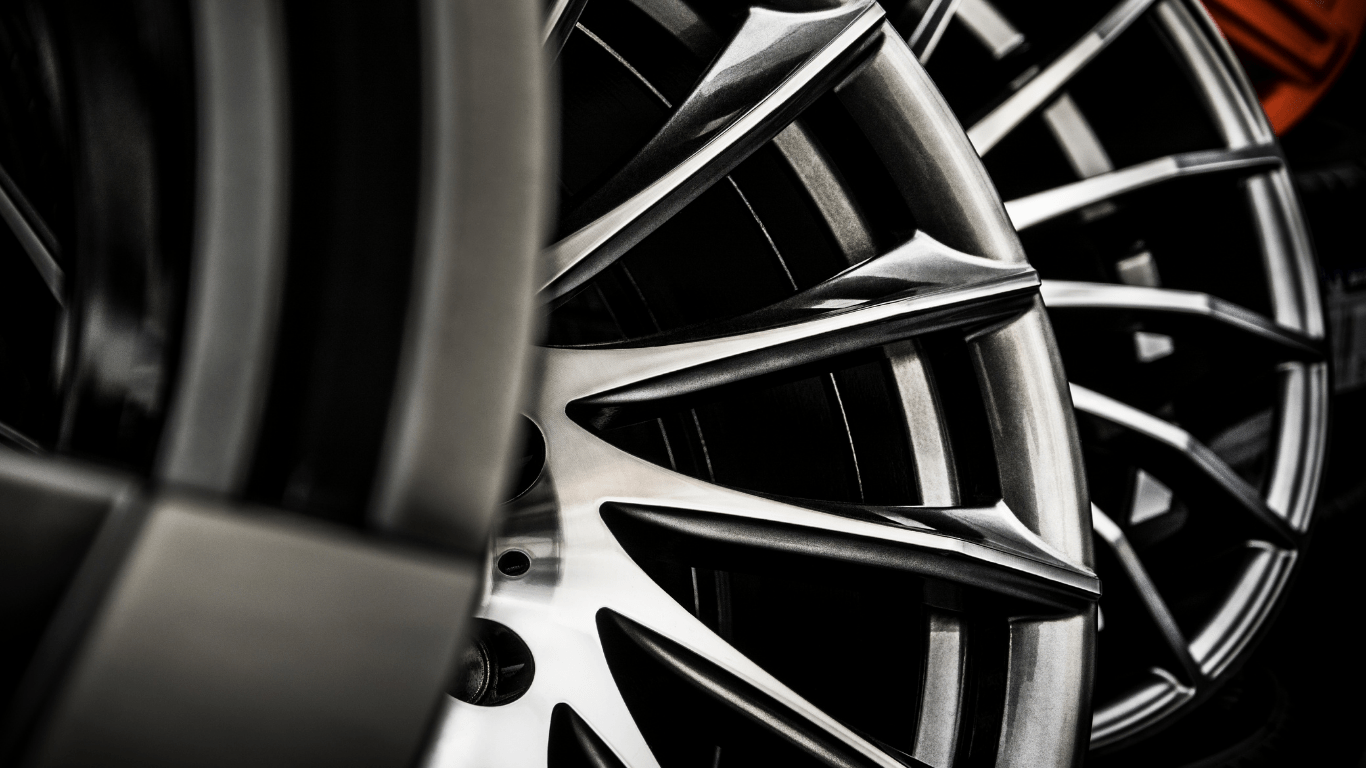Driving is a daily activity for millions of people worldwide, and it is essential to take all necessary precautions to ensure your safety and the safety of others on the road. Car safety is a crucial aspect of driving that should not be taken lightly. By following some simple tips and tricks, you can significantly reduce the risk of accidents and injuries while driving.
Car safety involves several aspects, including vehicle maintenance, safe driving practices, and proper use of safety features. Regular vehicle maintenance, such as checking tire pressure, brakes, and headlights, can prevent accidents caused by mechanical failure. Safe driving practices, such as avoiding distractions, following traffic rules, and adjusting your driving to weather and road conditions, can significantly reduce the risk of accidents.
Moreover, using safety features such as seat belts, airbags, and child safety seats can provide additional protection in case of an accident. In this article, we will discuss some essential car safety tips and tricks that can help you stay safe on the road and prevent accidents and injuries. Whether you are a new driver or an experienced one, it is always a good idea to refresh your knowledge of car safety and apply it to your driving habits.
Table of contents
Safety Features and Maintenance
Regular Maintenance and Inspection
Regular maintenance and inspection of your vehicle is crucial to ensure that it is operating safely on the road. Here are a few things you should keep in mind:
- Check your oil level regularly and change it according to your vehicle’s recommended schedule.
- Make sure your gas tank is always at least a quarter full to avoid running out of gas unexpectedly.
- Check your brakes regularly to ensure they are functioning properly.
- Inspect your tires for wear and tear, and make sure they are inflated to the recommended pressure.
- Check all fluids, including coolant, brake fluid, and transmission fluid, to ensure they are at the correct level.
Safety Features
Your vehicle comes equipped with a number of safety features designed to keep you and your passengers safe on the road. Here are a few of the most important ones:
| Safety Feature | Description |
|---|---|
| Seat belts | Seat belts are designed to keep you and your passengers securely in your seats in the event of a collision. |
| Airbags | Airbags are designed to inflate rapidly in the event of a collision, providing an additional layer of protection for you and your passengers. |
| Anti-lock brakes | Anti-lock brakes are designed to prevent your wheels from locking up during sudden stops, helping you maintain control of your vehicle. |
| Traction control | Traction control is designed to help you maintain control of your vehicle in slippery conditions, such as rain or snow. |
By keeping up with regular maintenance and paying attention to your vehicle’s safety features, you can help ensure that you and your passengers stay safe on the road.
Safe Driving Practices
When it comes to driving, safety should always be your top priority. Here are some safe driving practices to keep in mind:
Defensive Driving
Defensive driving means being aware of your surroundings and anticipating potential hazards on the road. To practice defensive driving, you should:
- Keep a safe following distance
- Scan the road ahead for potential hazards
- Be aware of blind spots
- Use your turn signals
- Obey traffic laws
Distracted Driving
Distracted driving is one of the leading causes of car accidents. To avoid distracted driving, you should:
- Avoid using your phone while driving
- Keep your eyes on the road
- Limit conversations with passengers
- Avoid eating or drinking while driving
Changing Lanes
Changing lanes can be dangerous if not done properly. To safely change lanes, you should:
- Check your blind spots
- Use your turn signal
- Check your mirrors
- Make sure it is safe to change lanes
Speed Limits
Speed limits are in place for a reason. To stay within the speed limit, you should:
- Pay attention to speed limit signs
- Adjust your speed to match road conditions
- Slow down in residential areas and school zones
- Stay in the right lane except when passing
By following these safe driving practices, you can reduce your risk of getting into a car accident and keep yourself and others on the road safe.
Emergency Situations
As a driver, you never know when you might find yourself in an emergency situation. It’s important to be prepared for anything that might come your way. Here are some tips for handling emergency situations while on the road.
Jumper Cables
If your car battery dies, having a set of jumper cables can be a lifesaver. Here’s how to use them:
- Park both cars close enough together so that the cables can reach both batteries.
- Attach one red clamp to the positive terminal of the dead battery.
- Attach the other red clamp to the positive terminal of the working battery.
- Attach one black clamp to the negative terminal of the working battery.
- Attach the other black clamp to an unpainted metal surface on the dead car, away from the battery.
- Start the working car and let it run for a few minutes.
- Try to start the dead car. If it doesn’t start, wait a few more minutes and try again.
Fire Extinguisher
If your car catches on fire, having a fire extinguisher on hand can help prevent a small fire from turning into a big disaster. Here’s how to use one:
- Pull the pin from the top of the fire extinguisher.
- Aim the nozzle at the base of the fire.
- Squeeze the handle to release the extinguishing agent.
- Sweep the nozzle from side to side until the fire is out.
Remember, if the fire is too big or you can’t put it out quickly, get yourself and anyone else in the car to safety and call 911 immediately.
Road Trips
Preparation and Planning
Before embarking on a road trip, it is important to take the necessary steps to ensure your safety. Start by planning your route and estimating travel time. Make sure to schedule breaks for rest and meals. Research your destination and familiarize yourself with the surroundings, including any potential hazards or road closures. Check the weather forecast and pack accordingly.
Ensure that your vehicle is in good condition by checking the oil, brakes, and tires. Make sure to pack an emergency kit that includes a first aid kit, flashlight, and extra batteries. It is also a good idea to bring a map, as GPS signals can be unreliable in remote areas.
Staying Alert and Safe
When driving on a road trip, it is important to stay alert and focused on the road. Take regular breaks to stretch your legs and avoid driving when you are feeling tired. Chewing gum can help you stay awake and alert on long drives.
Always wear your seatbelt and obey traffic laws. Avoid distractions such as texting or using your phone while driving. Keep your energy up by staying hydrated and snacking on healthy foods. Avoid rushing and take your time to enjoy the journey.





Leave a Reply